
As the warm summer sun begins to heat the earth, it’s the ideal time to cultivate one of nature’s most cheerful and iconic blooms- the sunflower. With their towering stalks and radiant faces, sunflowers bring joy and beauty to any garden. This summer, you can grow the largest and brightest sunflowers with these expert tips, regardless of your gardening experience.
Start with the Right Seeds

Choose sunflower seeds bred explicitly for size and color. Look for varieties like ‘Russian Giant’ or ‘Mammoth’ for impressive blooms. Ensure you’re planting them in the right season to give them the best chance to flourish.
Location, Location, Location

Make sure that your garden’s soil is well-drained, and the location is sunny. Sunflowers thrive in full sunlight, so choose an area that receives about 6 to 8 hours of direct sunlight daily. This will give them the energy they need to grow tall and strong.
Prepare the Soil

Sunflowers prefer rich, well-drained soil. Before planting, fill the soil with compost or aged manure to give essential nutrients for healthy growth. Ensure the soil is loose to permit the roots to spread freely.
Plant at the Right Time

The sunflower seeds should be planted after the last frost date in your area. When the temperature consistently reaches 50°F (10°C), plant the seeds directly into the soil. This will prevent any damage to the seeds or young plants from frost.
Sow Seeds Properly

Depending on the variety, plant sunflower seeds 1-2 inches deep and 6-12 inches wide. Space the rows about 2-3 feet wide for adequate air circulation. This will discourage overcrowding and competition for nutrients among the plants.
Water Wisely
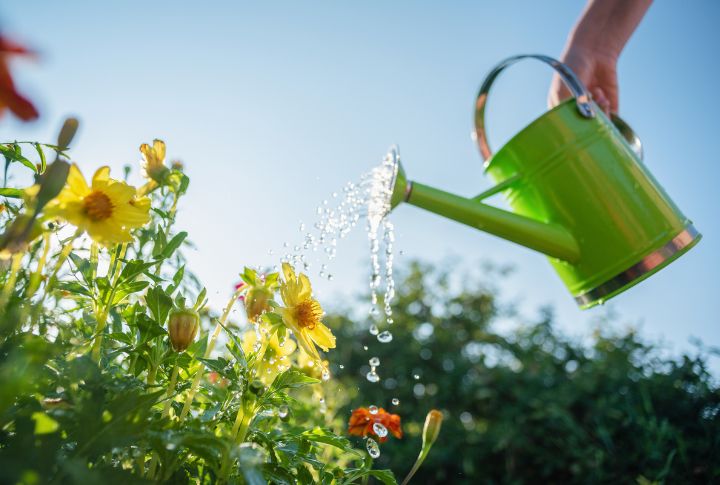
Keep the soil evenly moist but water deeply only twice a week, depending on weather conditions. Avoid overhead watering to deter fungal diseases that can harm the plants.
Mulch for Moisture Retention

Set a layer of organic mulch, such as straw or shredded leaves, around sunflower plants to help retain soil moisture and suppress weeds. This will also regulate soil temperature and prevent moisture loss through evaporation.
Support Tall Stems
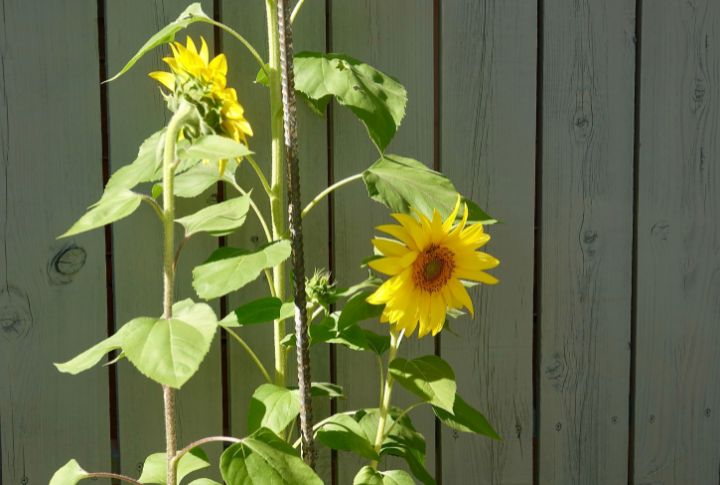
As sunflowers grow, they may require support to prevent them from toppling over in strong winds. Use stakes or a trellis to support tall stems and keep them upright. This will ensure the plants grow straight and tall, maximizing their exposure to sunlight.
Fertilize Sparingly
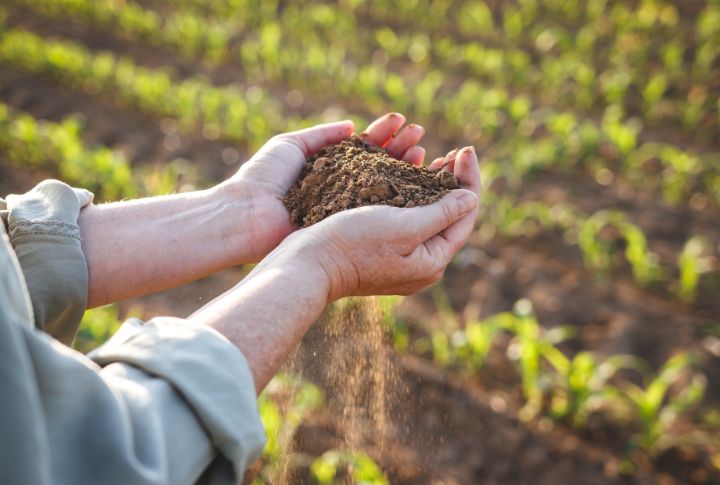
Sunflowers are not heavy feeders, but a light dose of balanced fertilizer or compost can help promote healthy growth and larger blooms. Avoid excessive nitrogen, which can result in tall plants with weak stems. Pick a fertilizer with a high phosphorus percentage to encourage flower production.
Prune for Better Blooms
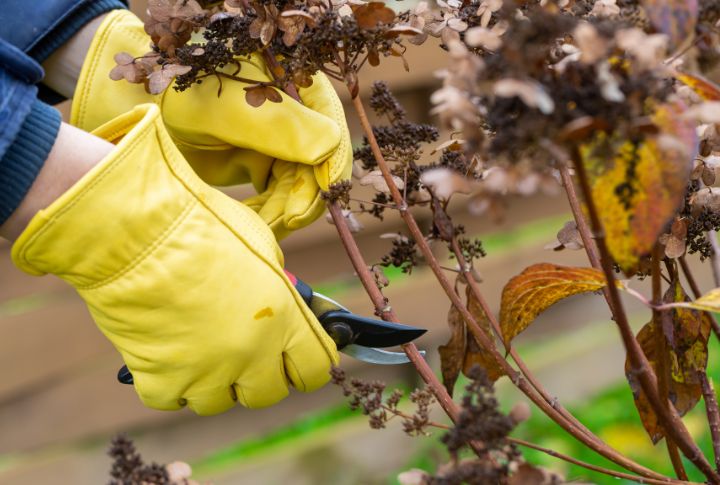
Remove side buds and small flowers as they develop to encourage the plant to focus its energy on producing larger, central blooms. This will result in more giant, vibrant flowers that are great for cutting and displaying indoors.
Monitor for Pests and Diseases

Watch for common pests like aphids, snails, slugs, and diseases like powdery mildew. Treat any infestations immediately to reduce damage to your sunflowers. Consider using organic pest control methods to mitigate harm to beneficial insects and wildlife.
Deadhead Spent Flowers
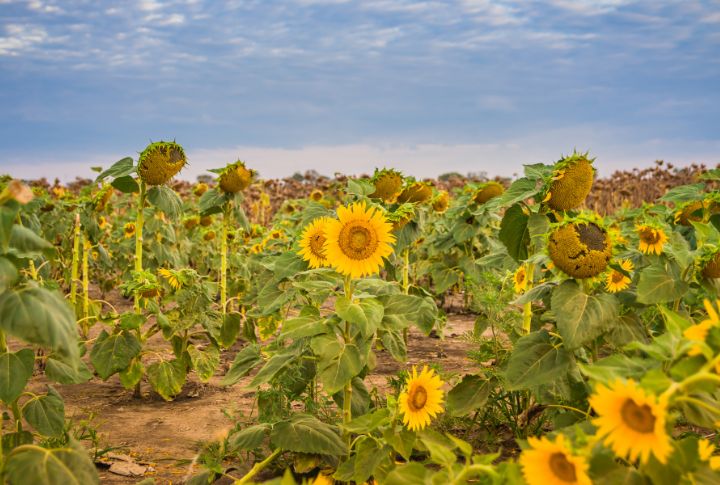
Remove faded or spent flowers frequently to encourage continuous blooming throughout the summer. This will also deter the plant from putting energy into producing seeds prematurely. Use clean and sharp pruners to deadhead the flowers to avoid damaging the plant.
Harvest Seeds at the Right Time
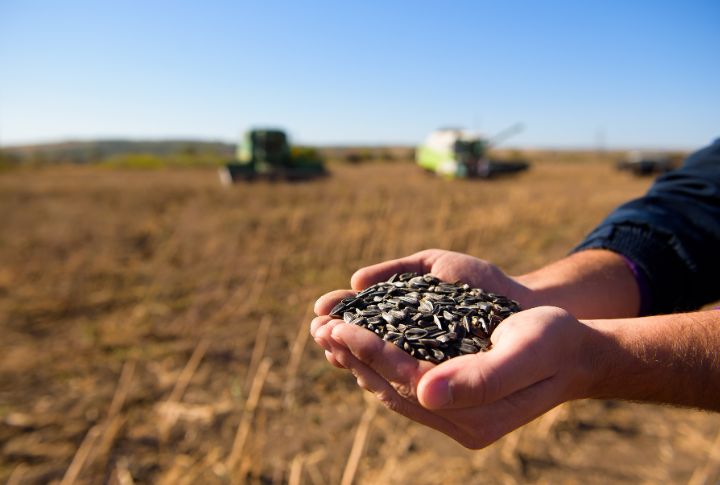
Allow sunflower heads to mature fully on the plant until the back of the head turns brown and the seeds are plump and firm. Harvest seeds by cutting the heads from the plant and drying them thoroughly before storing. This will guarantee the seeds are fully developed and ready for storage.
Save Seeds for Next Year

Save seeds from your best sunflowers to plant again next year. Store unused seeds in an airtight container until you use them. Remember to label the container for easy reference.
